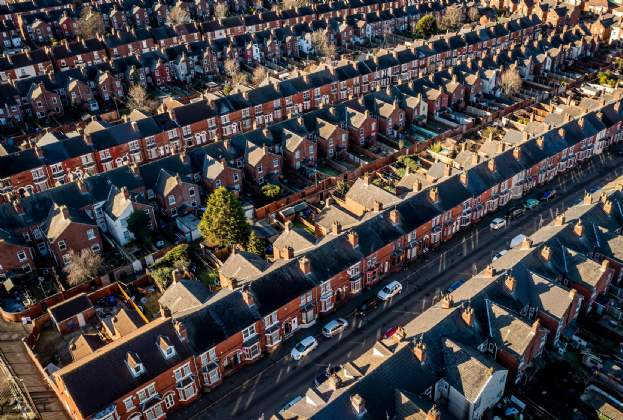As researchers, we talk about the housing market moving in cycles. But how much of the current market behaviour is part of the usual cycle, and how much is a consequence of the extended political uncertainty?
These are difficult questions to answer, but the falls in London, and now parts of the wider South East, are largely typical of several previous cycles.
Our video below shows every local authority ranked by its annual house price growth, running from the start of 2003, to June 2019.
The UK capital was first out of the block in the post GFC recovery, with inner London boroughs such as Kensington and Chelsea featuring as the top performers nationally for much of 2012 and 2013. By 2014 they had lost their place to outer London boroughs such as Waltham Forest and Newham.
By 2016, the fastest growing areas were outside London, albeit still within its commuter belt, with Luton and Slough leading the way. But this growth continued to spread across the country and by 2018 the fastest growing areas were in the Midlands and South Wales, where they remain today.
One key thing to note is how similar Jun-19 looks to May-04. House price growth in both periods are being led by Blaenau Gwent in South Wales, and show weakness in London and the South East, and the relative strength in the Midlands and North. This supports the idea that the current distribution of house price growth constitutes part of the standard housing market cycle.
In the maps above, we saw the similarities between 2004 and the present. We often see price growth in London steaming ahead, before hitting up against affordability ceilings, and then falling back as a result. London then shows slower growth for a few years as the rest of the county plays catch up.
.jpg)
.jpg)
.jpg)
.jpg)
.jpg)
.jpg)
.jpg)
.jpg)
.jpg)
.jpg)
